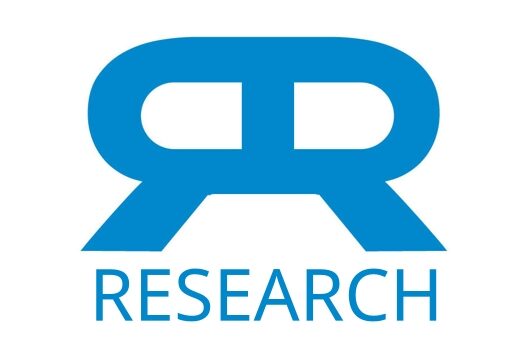To assess the efficacy of electromyographic biofeedback, relaxation-response training and pain behavior management as a treatment for pediatric migraine, we studied 18 children between the ages of eight and 12 years (mean = 10 X 1) in a prospective, randomized, controlled investigation. Six patients received all three treatment procedures, six received relaxation-response training and pain behavior management, and the remaining six constituted a waiting-list control group. All patients kept a record of their headaches for the 15-week study period and then for four weeks one year later. Following four weeks of baseline, the treatment groups completed nine one-hour treatment sessions in 11 weeks. Both treatment groups experienced a significant reduction in headache symptoms and were significantly improved compared to the waiting-list control group by the end of treatment. The treatment groups did not differ from each other in any of these comparisons. The reduction in headache symptoms in the treatment groups was maintained one year after treatment ended. These results suggest that relaxation-response training, with or without biofeedback training, combined with pain behavior management, is an effective alternative treatment for pediatric migraine.
Biofeedback and relaxation-response training in the treatment of pediatric migraine
Publication
Developmental Medicine and Child Neurology
28(2):139-46
Abstract
Web and Email Links
Related Listings
Journal
American Heart Journal
Background: The effect of intercessory prayer (IP) on outcome in cardiac cases has been evaluated previously, but results are controversial. The goals of the Study of the Therapeutic Effects of Intercessory Prayer (STEP) are to evaluate the effects of receipt of additional study IP and awareness of receipt of additional study IP on outcomes in patients undergoing coronary artery bypass graft surgery. STEP is not designed to determine whether God exists or whether God does or does not […]
Journal
Nature
Since meditative practices are associated with changes that are consistent with decreased activity of the sympathetic nervous system, it is conceivable that measurable body temperature changes accompany advanced meditative states. With the help of H.H. the Dalai Lama, we have investigated such a possibility on three practitioners of the advanced Tibetan Buddhist meditational practice known as g Tum-mo (heat) yoga living in Upper Dharamsala, India. We report here that in a study perfor […]
Journal
IEEE Access
Relaxation helps to reduce physical, mental, and emotional pressure. Relaxation techniques generally enable a person to obtain calmness and well-being by reducing stress, anxiety, or anger. When a person becomes calm the body reacts physiologically, producing the so-called Relaxation Response (RResp) which affects the organism in a positive manner, no matter if it is during a state of relaxation or in the middle of a stressful period. The goal of this paper is to design a system capab […]
